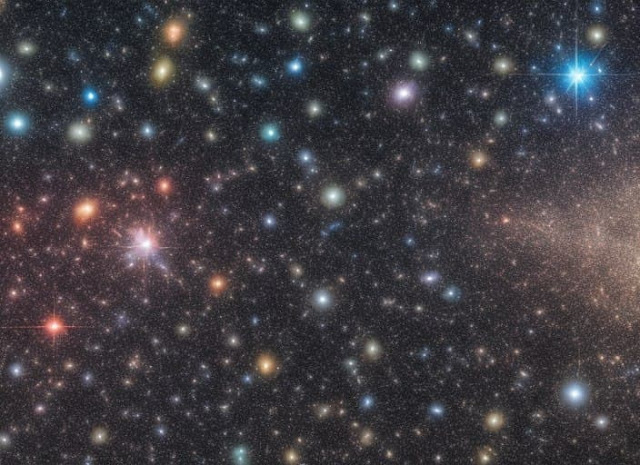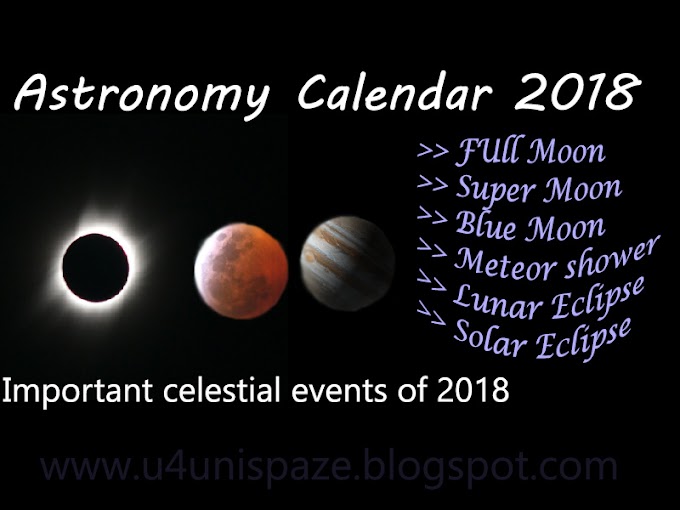The universe is full of massive structures, from galaxies to clusters of galaxies. However, there are even larger structures known as superclusters. One of the largest superclusters in the observable universe is the Saraswathi Supercluster, named after the Hindu goddess of knowledge and wisdom.
What is a Supercluster?
A supercluster is a massive grouping of clusters of galaxies, which are themselves groups of galaxies held together by gravity. These structures can contain hundreds or even thousands of galaxies and are some of the largest known structures in the universe.
Superclusters are not evenly distributed throughout the universe, but instead, form a network of interconnected structures known as the cosmic web. This web is thought to have formed through the gravitational attraction between matter in the early universe, resulting in the formation of filaments and voids.
The Saraswathi Supercluster
The Saraswathi Supercluster was first discovered in 2017 by a team of astronomers led by Joydeep Bagchi from the IUCAA (Inter-University Centre for Astronomy and Astrophysics) in India. It is located approximately 4 billion light-years away from Earth and spans a region of space that is over 600 million light-years across.
The supercluster is named after Saraswathi, the Hindu goddess of knowledge and wisdom, in honor of the contributions made by Indian astronomers to the field of astronomy and astrophysics.
The Saraswathi Supercluster contains at least 43 galaxy clusters and has a total mass of approximately 2 x 10^16 solar masses. It is thought to be one of the largest superclusters in the observable universe, and its discovery has provided astronomers with a unique opportunity to study the formation and evolution of these massive structures.
What Can We Learn from Superclusters?
Studying superclusters like the Saraswathi Supercluster can provide valuable insights into the formation and evolution of the universe. By studying the distribution of galaxies and other objects within these structures, astronomers can better understand the large-scale structure of the universe and the processes that govern its evolution.
In addition, superclusters can also provide clues about the nature of dark matter, which is thought to make up a significant portion of the total mass of the universe. By studying the gravitational interactions within these massive structures, astronomers can gain insights into the distribution and behavior of dark matter.
Conclusion
The Saraswathi Supercluster is one of the largest known superclusters in the observable universe, spanning over 600 million light-years across. Its discovery provides astronomers with a unique opportunity to study the formation and evolution of these massive structures, and to gain insights into the large-scale structure and evolution of the universe.
As our understanding of these massive structures continues to grow, we may gain new insights into the nature of the universe itself and the processes that govern its evolution.










0 Comments